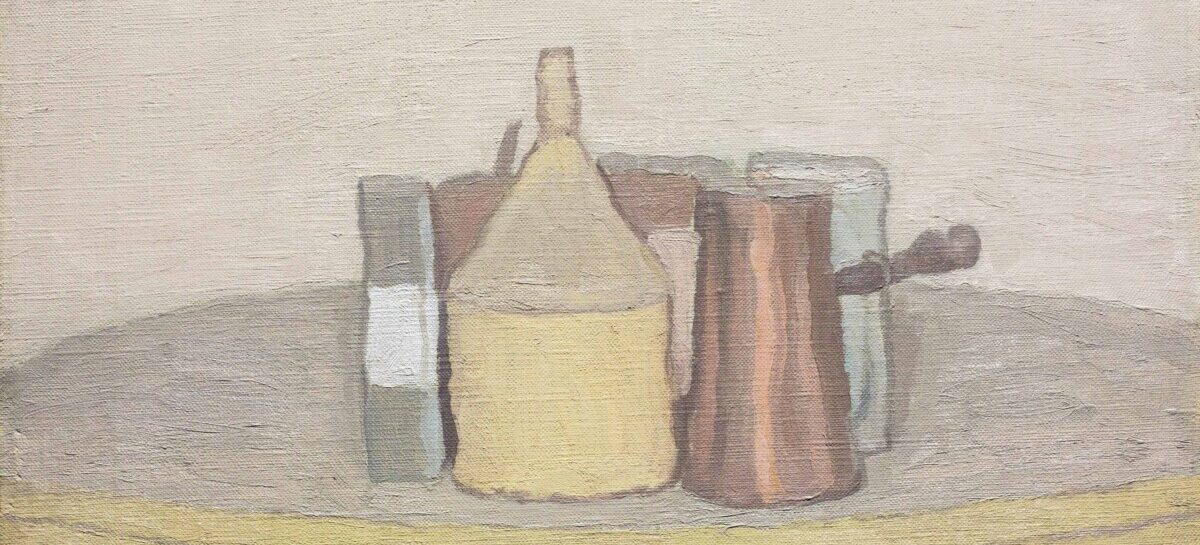How did museums collect art and artifacts historically?
https://www.sciencedirect.com/science/article/pii/S1877042812040840
The author of ‘Museum Concept from past to present of museums as centers of art education” states “Museum, as a concept, comes from the 9 muses each possessing a different ability and source of inspiration (Calliope- the muse of epic poetry; Clio-the muse of history etc). Open and enclosed spaces (gardens and inside temples) dedicated to these 9 muses were called museums in Ancient Greece. However, The Museum of Alexandria, established in 4th century B.C, was the first museum that presented collection, exhibition, preservation and classification missions for museums in historical development.” This quote talks about the past and how museums came to be what they are today. It is all about the origins of museums and how they were influenced by the 9 muses in Ancient Greece. The muses were believed to possess different abilities and sources of inspiration, like epic poetry and history. In Ancient Greece, spaces dedicated to these muses, both open gardens and enclosed temples, were called museums. However, the Museum of Alexandria, which was established in the 4th century B.C., was the first museum to have a more comprehensive mission. It focused on collecting, exhibiting, preserving, and classifying various artifacts and knowledge. This marked a significant milestone in the historical development of museums, shaping the way they operate today. So, essentially,the quote highlights the connection between the muses, Ancient Greek culture, and the early foundations of museums. When exploring the deep roots of these cultural institutions I came to a conclusion that back then, museums often relied on patronage, where wealthy individuals or rulers would fund expeditions to acquire treasures and bring them back to the museum. They would also accept donations from individuals or acquire items through trade and conquest. Over time, museums developed specialized curators and experts who would carefully select and catalog the art and artifacts. So, the quote indirectly highlights the origins of museums as spaces for collecting and preserving art and artifacts, paving the way for the diverse and rich collections we see in museums today.
https://www.metmuseum.org/perspectives/articles/2023/5/collection-and-cultural-property
The quote “Our Collecting History. The Metropolitan Museum of Art has always been and will always be a premier collecting institution. Founded in 1870, when New York was still a relatively young city and the United States was entering a period of rapid change, The Met began with neither art nor a building, just the aspiration to become a world-class institution reflecting the broader ambitions of the country. But unlike the great museums of Europe, most of which began as royal collections, our Museum, since its inception, was built by and for the public.” The quote is all about The Metropolitan Museum of Art and its unique collecting history. It highlights how The Met has always been and will always be a top-notch collecting institution. Back in 1870, when New York was still growing, The Met came to life with a big dream but without any art or building. It was driven by the aspiration to become a world-class institution that would reflect the broader ambitions of the country. What sets The Met apart from many European museums is that it wasn’t built from royal collections. The Met was created by and for the public right from the get-go. It’s pretty cool to think about how it started from scratch and grew into the amazing museum we know today. One thing to analyze would be the author’s word choice. It holds great significance as it emphasizes the unique nature of The Metropolitan Museum of Art’s collecting history. By using phrases like “premier collecting institution,” “aspiration to become a world-class institution,” and “broader ambitions of the country,” the author conveys the museum’s lofty goals and its commitment to excellence. The mention of New York as a “relatively young city” and the United States entering a period of “rapid change” highlights the museum’s connection to the dynamic growth and cultural development of the nation. The contrast between The Met and the great museums of Europe, which often began as royal collections, underscores the museum’s public-focused approach and its dedication to accessibility and inclusivity. Overall, the author’s word choice paints a vivid picture of The Met’s origins, values, and commitment to serving the public.



